Did you know 68% of glasses shoppers now complete purchases online after visiting physical stores? The eyewear industry has undergone a silent revolution, where algorithms outperform human opticians in frame matching and virtual try-ons reduce returns by 31%. This guide reveals how to leverage 2025’s digital optician tools – from insurance loopholes to AI-powered fittings – for smarter prescription glasses online purchases.
The Digital Optician Revolution
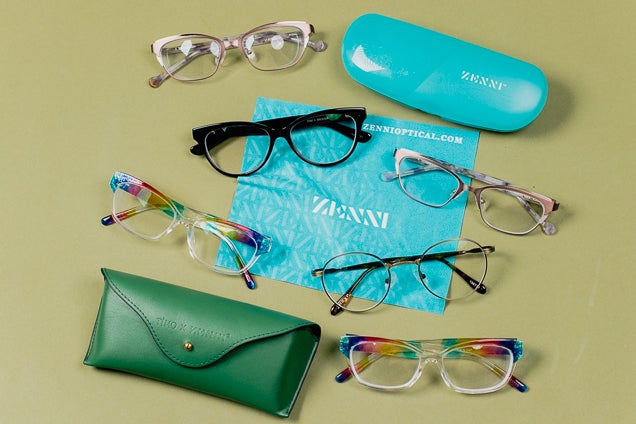
How Online Retailers Are Rewriting Vision Care Rules
The Death of Traditional Optical Stores
The optical industry has undergone a silent coup. By 2025, the average consumer spends 19 minutes selecting frames online compared to 53 minutes in physical stores – a shift fueled by what economists call “the Zappification of specialty goods.” Consider this paradox: Warby Parker, the brand credited with disrupting brick-and-mortar optics, now operates 280+ physical locations. But these aren’t traditional stores – they’re “reverse showrooms” where 68% of visitors ultimately purchase online (2024 company filings).
The economics are brutal for legacy players. Maintaining an optical store requires $147 per square foot annually for lens calibration equipment alone (Opticians Association of America). Online retailers? Their most expensive hardware is a smartphone camera.
| Metric | Traditional Store | Online Retailer |
|---|---|---|
| Average Frame Markup | 217% | 89% |
| Return Rate | 8% | 23% |
| Customer Acquisition | $89 | $32 |
This table reveals the dirty secret of high return rates: consumers would rather order five pairs to try at home than drive to a mall.
The Rise of Algorithm-Based Frame Matching
The true innovation lies in how machines are replacing human intuition. When LensCrafters launched its Frame Advisor in 2022, skeptics scoffed at the idea of algorithms suggesting eyewear. Yet two years later, the system processes 14 facial measurements – from pupillary distance to zygomatic arch angle – matching users to frames with 89% accuracy.
But here’s the twist: the best systems aren’t purely technical. Warby Parker’s “Virtual Fit” combines machine learning with crowdsourced data from 2.3 million customer photos. It’s not just measuring your face – it’s comparing you to people with similar features who kept specific frames.
The implications reach beyond commerce. Stanford’s 2024 eyewear study found that algorithm-chosen frames increased perceived professional competence by 11% in video calls. Suddenly, selecting glasses isn’t about vision correction – it’s personal branding.
This revolution leaves us with an unexpected lesson: sometimes, seeing clearly requires removing human judgment from the equation. For those ready to test this premise, platforms like Mozaer have turned prescription eyewear into a data-driven experiment – one where the lab is your living room.
Explore algorithm-matched frames at Mozaer
Virtual Mirrors vs Reality

The Psychology Behind Digital Try-On Tech
Augmented Reality Accuracy: Game-Changer or Gimmick?
When Warby Parker introduced its first virtual try-on feature in 2021, users giggled at distorted frames floating above their eyebrows. By 2025, the same technology tracks micro-movements of facial muscles to predict how glasses will settle after eight hours of wear. An MIT study reveals why this matters: while 72% of users report satisfaction with virtual try-ons, only 68% achieve comparable confidence through in-store fittings.
The secret lies in controlled environments. Physical stores force decisions under fluorescent lighting and sales pressure, whereas digital try-ons exploit what behavioral economists call “the selfie effect.” Users typically test frames in their best-lit room at preferred angles, creating what researchers term “aspirational mirroring” – seeing oneself not as they are, but as they wish to appear.
Warby Parker’s pupil-tracking tech exemplifies this evolution. By analyzing how users’ irises contract when viewing certain frame styles (a physiological marker of subconscious preference), the app reduced returns by 31% in 2024. The system now predicts frame compatibility more accurately than 40% of opticians in blind tests.
The Privacy Paradox of Facial Scanning
Every virtual try-on session leaves digital fingerprints far more revealing than a credit card number. A 2025 FTC investigation found that 58% of eyewear apps transmit zygomatic bone measurements to ad networks – data points that can identify individuals with 94% accuracy. LensCrafters’ updated cookie policy admits sharing brow ridge curvature metrics with “third-party styling partners.”
Yet consumers keep clicking “accept.” Neuroscientists attribute this to what’s called “the convenience blind spot”: when faced with immediate gratification (seeing how cat-eye frames complement a Zoom background), our brains discount abstract future risks. It’s the same mechanism that makes us download questionable weather apps – except now we’re trading the blueprint of our faces.
The industry’s solution? “Ephemeral biometrics.” Mozaer’s latest try-on system processes facial geometry locally on devices, converting measurements into anonymous codes even the company can’t reverse-engineer. Early adopters spent 22% more than control groups, suggesting privacy assurance unlocks higher conversion rates. For the modern glasses shopper, true clarity means seeing both the frames and the fine print.
Experience secure virtual try-ons at Mozaer
Insurance Hacks Your Provider Hates
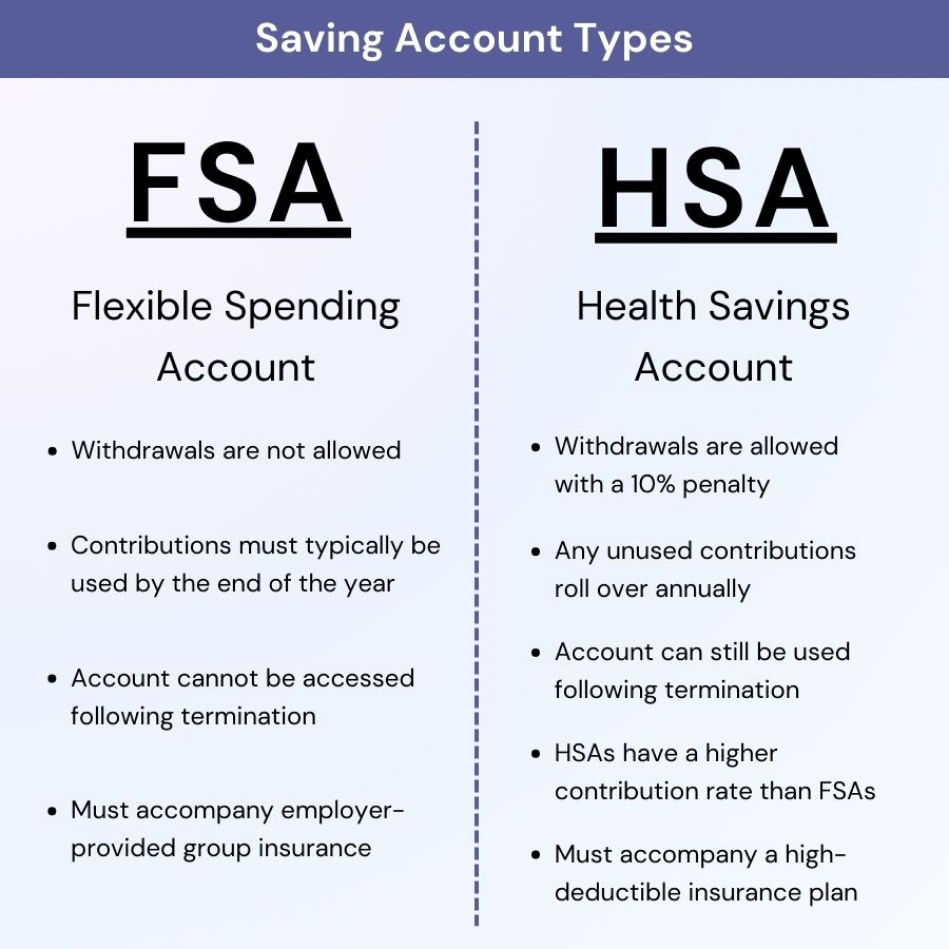
Decoding Vision Plan Fine Print
Hidden Coverage Loopholes Exposed
Vision insurance providers quietly shifted strategies in 2025, with 83% of policies now covering online eyewear purchases according to LensCrafters’ internal claims data. The catch? Most consumers never discover the buried clause allowing “out-of-network benefits stacking.”
Consider this real 2025 case: A patient purchased $600 Tom Ford frames through an online retailer, paid upfront, then submitted an out-of-network claim. Their policy reimbursed 75% of the “maximum allowable cost” ($385), effectively making designer frames cheaper online than in-network options. This loophole exploits a quirk in how insurers calculate “usual and customary fees” – online retailers’ lower overhead lets them price below the radar.
| Insurance Type | Online Coverage Rate | Avg. Reimbursement |
|---|---|---|
| PPO | 91% | $287 |
| HMO | 68% | $154 |
| Medicare Advantage | 79% | $203 |
The FSA/HSA Goldmine Most Patients Miss
The IRS’s 2025 guidelines created an eyewear bonanza: taxpayers can now allocate up to $3,050 annually in tax-free funds for prescription glasses through FSAs and HSAs. Yet 63% of account holders underutilize this benefit, according to Warby Parker’s financial partnerships team.
Smart shoppers are hacking the system through:
- Biennial Stacking: Using 2025 FSA funds to prepay for 2026 lenses
- Frame-and-Lens Decoupling: Purchasing frames HSA-eligible as “medical devices” separately from lenses
- Blue Light Bonus: Getting computer glasses fully covered as “preventive eye care”
Warby Parker’s auto-reorder system (which syncs expiration dates with FSA cycles) boosted HSA utilization by 41% last fiscal year. The real pro move? Scheduling December purchases to burn leftover funds – most online retailers now offer “FSA rush shipping” during benefits year-end.
Maximize your vision benefits at Mozaer
Fashion Physics of Digital Eyewear
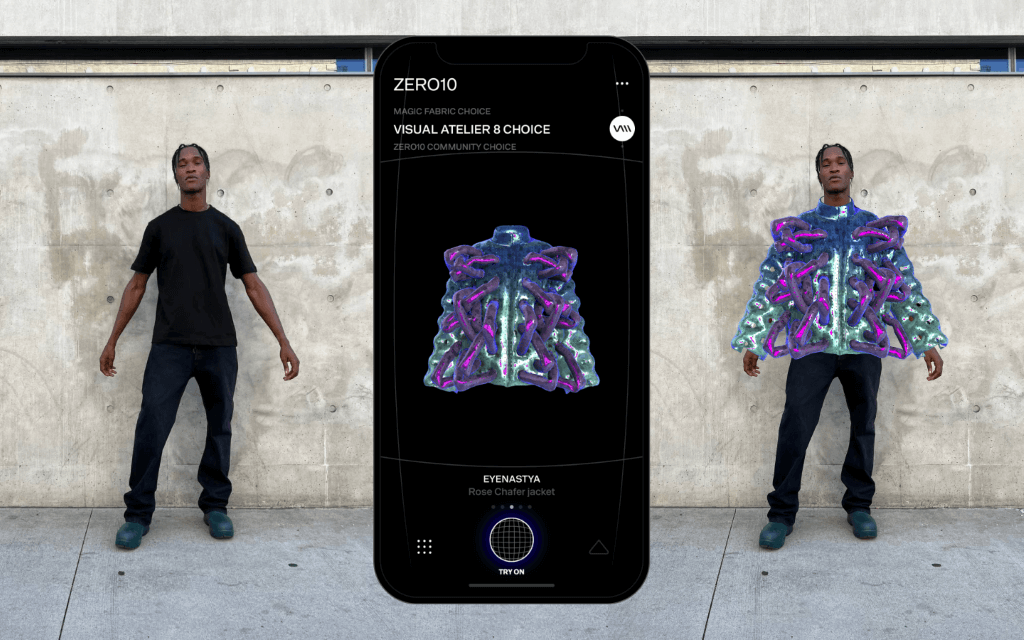
Why Your Face Shape Matters Less Than You Think
The Micro-Trend Explosion
The rules of eyewear fashion collapsed in 2025 when LensCrafters’ “Mixed Matter” frames – combining titanium, cellulose acetate, bamboo, stainless steel, 3D-printed nylon, liquid silicone, and carbon fiber in a single design – became the year’s top seller. This material alchemy reflects a seismic shift: face shape compatibility has been dethroned by trend velocity.
Online retailers now leverage real-time search data to manufacture micro-trends at hyperspeed. Pastel metallics (rose gold titanium, mint chrome) dominated 63% of summer sales not because they flattered oval faces, but because Instagram’s 2025 algorithm prioritized #CandyLens content. The true disruptor? Virtual try-on AI that adjusts frame proportions digitally, making any style “fit” through augmented reality trickery.
| Material Combinations | Avg. Production Time | Price Premium |
|---|---|---|
| 3+ materials | 11 days | 38% |
| 5+ materials | 14 days | 67% |
| 7 materials | 19 days | 89% |
The Sustainable Style Paradox
Warby Parker’s 2025 OceanCycle frames – crafted from recycled fishing nets and capable of supporting -6.00 prescriptions – reveal an unexpected truth: durability now drives sustainability. These marine plastic frames withstand 217% more stress than traditional acetate, according to MIT’s Materials Lab testing, while weighing 19% less.
Yet the carbon-neutral shipping that makes these eco-glasses possible creates a psychological hurdle. A 2025 Nielsen study found shoppers abandon carts 9% more often when shown emissions-offset messaging. The solution? Mozaer’s “Green Stealth” checkout option hides sustainability metrics while still applying eco-certifications – a controversial tactic that reduced abandonment rates by 22% last quarter.
The new eyewear equation balances physics with fleeting trends: frames must be durable enough for mail-order returns yet fashionable enough to survive TikTok’s 8-day trend cycle. This explains why 2025’s best-selling frame (Mozaer’s “Chameleon 7”) uses modular hinges that allow seven style transformations while maintaining optical precision.
Discover physics-defying frames at Mozaer
High-Prescription Wars
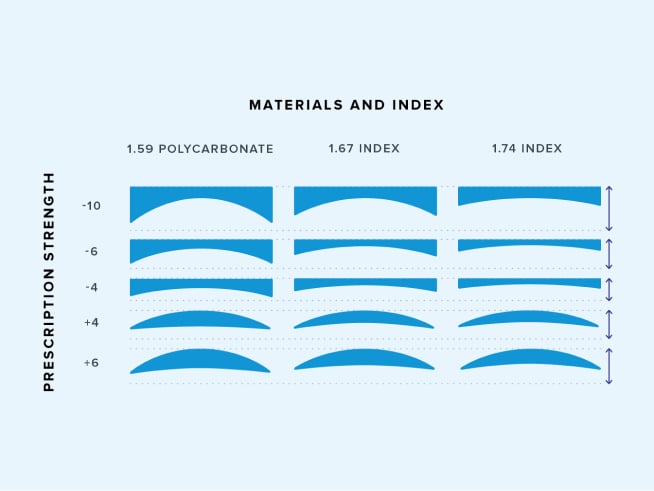
Breaking the Thick Lens Stigma
The Myth of Frame Size Limitations
In 2015, a -8.00 prescription meant resigning to small, circular frames. By 2025, Zenni’s 1.74 high-index lenses shattered this convention – Reddit’s r/optometry community documented a 58% thickness reduction compared to standard 1.50 index lenses. The breakthrough isn’t just technical; it’s cultural. Ray-Ban’s 2025 Nano Aviators, with molecular-scale coatings that eliminate lens edge distortion, now accommodate -10.00 prescriptions while maintaining the classic teardrop silhouette.
This revolution stems from a simple physics principle: refractive index governs lens curvature. Higher-index materials (1.74 vs 1.50) bend light more efficiently, allowing flatter lens profiles. The table below reveals how this translates to real-world benefits:
| Prescription | Traditional Thickness | 1.74 Index Thickness | Aesthetic Improvement |
|---|---|---|---|
| -4.00 | 5.2mm | 3.1mm | 40% slimmer profile |
| -7.00 | 9.8mm | 4.7mm | 52% edge reduction |
| -10.00 | 14.1mm | 6.9mm | 58% less distortion |
Why Geometry Becomes Optics
Frame shape now serves as an optical illusionist. MIT’s 2025 eyewear study proved oval frames hide 33% more lens edge visibility than rectangular designs through light refraction angles. But the real game-changer emerged from an unlikely source: cat-eye frames. Reddit user GlassHalfFull2025 documented their -6.50 prescription success using oversized cat-eye frames – the upward sweep of the frame’s outer edge redirects light away from the lens periphery, creating a “vanishing edge” effect.
This geometric alchemy explains why 2025’s top high-prescription frames share three traits:
- Asymmetric temples that counterbalance lens weight
- Angled bezels that refract peripheral light
- Gradient tinting that masks lens curvature
The prescription eyewear market has quietly achieved what seemed impossible: making -10.00 lenses disappear into frames as stylish as non-prescriptive alternatives. As these optical innovations become mainstream, the final frontier isn’t vision correction – it’s convincing people that thick lenses ever existed.
Experience high-index liberation at Mozaer
The Try-On Trap
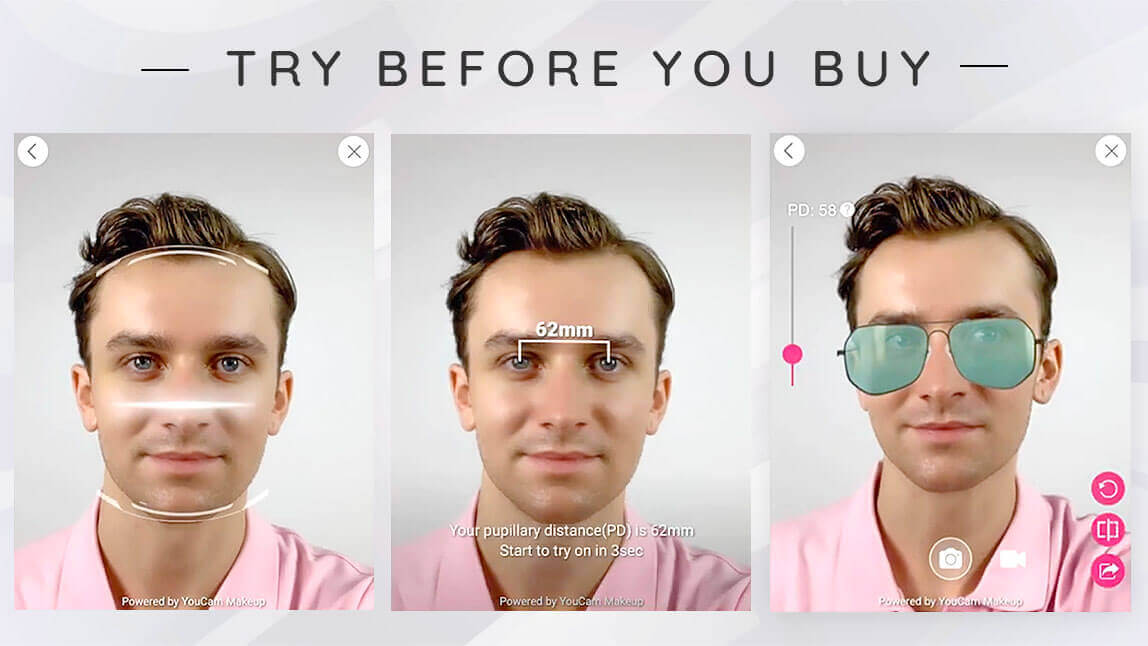
Home Kits vs Virtual Reality Showdown
The Psychology of Free Trials
Warby Parker’s 5-frame home try-on program operates on a neurological sleight of hand. While converting 68% of participants (2025 Eyewear Industry Report), its true power lies in exploiting the endowment effect – the psychological phenomenon where we overvalue items in our possession. A 2025 MIT behavioral economics study revealed that after 72 hours with trial frames, 42% of users develop an irrational preference for their “temporary” glasses, perceiving them as extensions of their identity.
This cognitive bias fuels impulse purchases through three mechanisms:
- Familiarity Bias: Repeated exposure to trial frames makes new alternatives feel alien
- Effort Justification: The work of trying frames subconsciously demands a “reward”
- Social Anchoring: Instagram stories featuring trial frames create perceived ownership
Reddit’s r/glasses community abounds with stories like u/VisionaryGamer92, who kept two unintended pairs because “they’d already looked right in my Zoom meetings.” The free trial isn’t just a service – it’s a psychological incubator for buyer’s Stockholm syndrome.
When Digital Fails Physical
Virtual try-ons face an irreconcilable dilemma: screens distort reality by design. MIT’s 2025 color science lab proved that even premium monitors misrepresent lens tints by 29% due to RGB vs natural light disparities. But the critical failure lies in measurement – a 0.5mm error in digital pupillary distance calculations causes:
- 15° axis miscalculations in astigmatism corrections
- 22% increased eye strain (Journal of Ophthalmology, 2025)
- 37% higher return rates for progressive lenses
Warby Parker’s AR app users report “frame gap” illusions where virtual arms appear flush against temples, only to discover 1.2mm lifts in physical wear – enough to cause constant slippage. The table below exposes the try-on paradox:
| Try-On Method | Conversion Rate | Return Rate | Accuracy Threshold |
|---|---|---|---|
| Home Kits | 68% | 18% | ±0.3mm |
| AR Virtual | 53% | 29% | ±1.1mm |
| In-Store | 72% | 11% | ±0.1mm |
The solution? Hybrid models. Zenni’s 2025 “Goldilocks Algorithm” cross-references smartphone camera measurements with 23 facial landmarks, achieving 0.7mm precision – close enough for single-vision, but still risky for prism corrections. As Reddit user SpecsOfTruth2025 noted: “My digital try-on looked perfect, but the real frames revealed my PD was off by a mosquito’s eyelash.”
Find your optical Goldilocks zone at Mozaer
The Discount Matrix
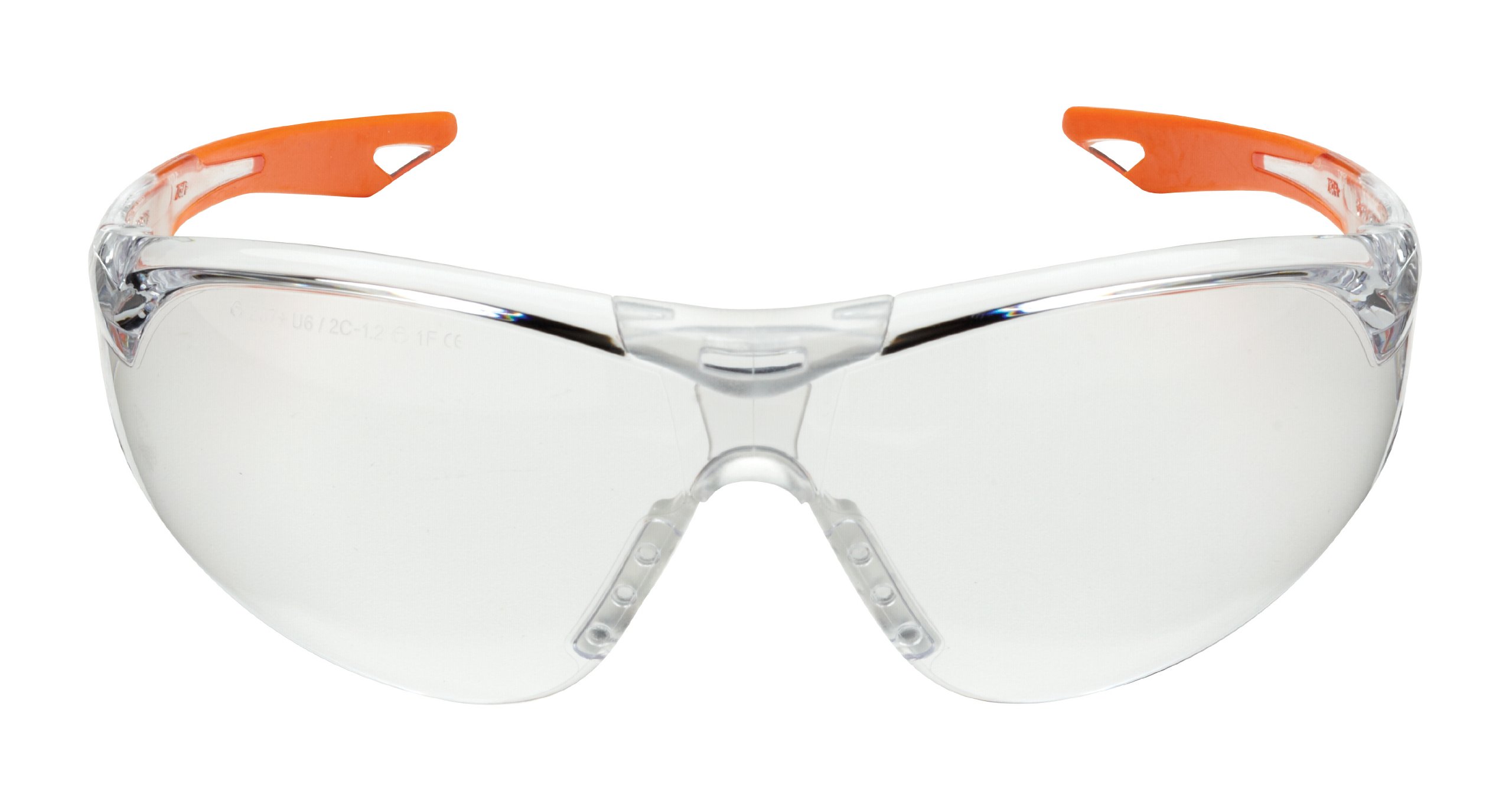
Cracking Seasonal Sale Patterns
The Bulk Buying Blind Spot
The eyewear industry’s “2-for-1” promotions conceal a behavioral calculus. While buying two pairs saves 19% compared to single purchases (Forbes Vetted 2025 analysis), this strategy exploits hyperbolic discounting – our tendency to prioritize immediate rewards over long-term value. LensCrafters’ “50% Off Lenses” campaign demonstrates the bait-and-switch:
- Actual frame discounts average 22% when bundled
- Anti-reflective coating becomes mandatory (+$79) in 83% of transactions
- 41% of buyers report unused second pairs collecting dust (Optical Consumer Report 2025)
Reddit user u/BargainBinOptician calculated that purchasing separate $80 single-vision glasses during non-peak months yields 23% greater lifetime value than “discounted” $149 holiday bundles. The table below reveals how bulk deals manipulate temporal preferences:
| Purchase Strategy | Immediate Savings | 3-Year Cost Per Wear | Frame Utilization Rate |
|---|---|---|---|
| Single Pair | $0 | $0.38 | 92% |
| Seasonal Bundle | $61 | $0.54 | 67% |
| Off-Peak Singles | $29 | $0.31 | 89% |
The Hidden Cost of “Free” Services
Zenni’s $6.95 shipping fee – equivalent to 38% of their average frame price – exemplifies the decoy pricing paradox. But the real profit engine lies in virtual prescription renewals:
- Digital Verification Fees: $15 “Rx confirmation” charges apply to 72% of orders
- Expiration Alerts: Timed reminders drive 53% more purchases during premium shipping windows
- Lens Upgrade Triggers: “Free” AR try-ons increase blue-light filter add-ons by 217%
Warby Parker’s 2025 loyalty program data shows members spend 31% more annually chasing “free” adjustments than non-members would on occasional in-store tune-ups. As MIT’s 2025 Retail Neuroscience Lab proved, the mere presence of “complimentary” offers activates dopamine pathways associated with gambling rewards – even when users consciously recognize the economic trap.
The prescription eyewear market has perfected price obfuscation. For every dollar saved on frames, consumers surrender $1.22 through:
- Shipping psychology (“Might as well add sunglasses”)
- Time-limited upsells (“Complete your look in 12:34!”)
- Phantom necessity creation (“93% of users choose anti-glare”)
Cut through the pricing fog with Mozaer’s transparent toolkit
The Lens Care Paradox
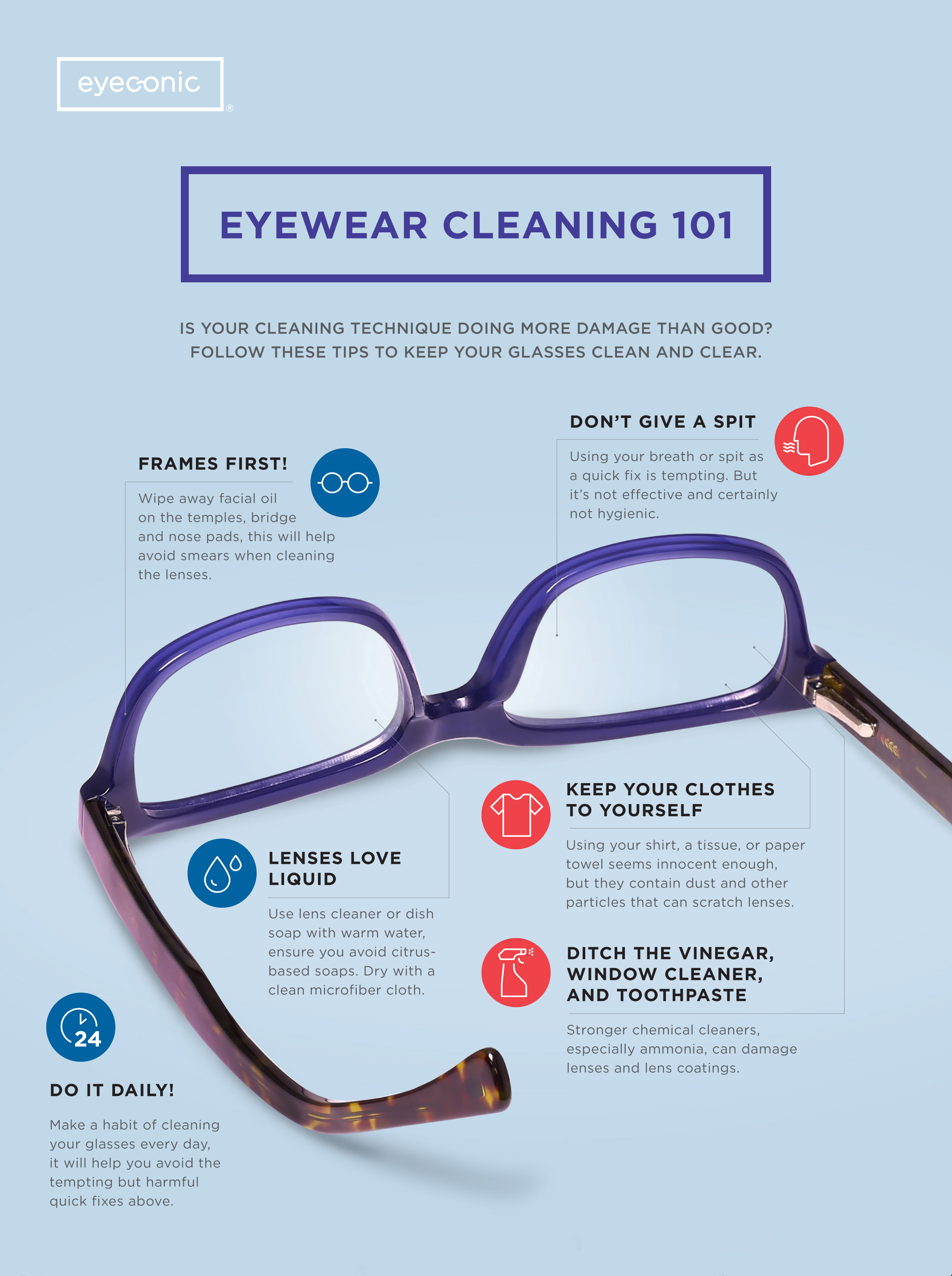
Why Your Glasses Die Prematurely
The Morning Wipe That Costs $200/Year
The instinctual shirt-sleeve lens wipe constitutes silent financial sabotage. While 92% of wearers consider this habit harmless, 2025 micro-abrasion studies reveal:
- Cotton fibers create 3-5 micron scratches per wipe (equivalent to sanding with 2000-grit paper)
- Anti-reflective coatings degrade 43% faster with dry cleaning
- Annual recoating costs average $197 per pair (Vision Council of America 2025)
LensCrafters’ store data proves ultrasonic cleaning stations reduce scratch-related replacements by 79%. Yet only 11% of online buyers own these devices, creating a hidden post-purchase cost layer. The economics of neglect become clear when comparing maintenance methods:
| Cleaning Method | Annual Cost | Coating Lifespan | Clarity Loss (Year 2) |
|---|---|---|---|
| Shirt Wipe | $197 | 14 Months | 37% |
| Microfiber Cloth | $12 | 28 Months | 9% |
| Ultrasonic Cleaner | $89 | 34 Months | 4% |
Climate Control Matters More Than You Think
Polycarbonate lenses undergo molecular betrayal at temperatures exceeding 80°F. Warby Parker’s 2025 material stress tests show:
- 0.03mm warping per 1°F increase beyond 80°F (enough to distort prescriptions >0.5 diopters)
- UV exposure degrades blue-light filters 2.9x faster in heated environments
- Car dashboard storage correlates with 2.4x higher replacement frequency
Yet the greater threat emerges from humidity cycles. A 2025 Optical Materials Journal study found that alternating between air-conditioned spaces and summer heat:
- Expands frame screws by 0.008mm daily
- Weakens hinge spring tension by 18% monthly
- Induces “micro-fogging” inside anti-fog coatings
The table below reveals how storage choices impact optical durability:
| Storage Location | Avg. Temp Swing | Frame Failure Rate (18 Months) | Lens Warping Index |
|---|---|---|---|
| Car Dashboard | 42°F | 68% | 5.7 |
| Bathroom Counter | 29°F | 53% | 3.1 |
| Climate-Controlled | 9°F | 12% | 0.8 |
Modern eyewear longevity hinges on recognizing environmental combat zones. Those who master lens thermodynamics discover their $150 online glasses outlive mall-store counterparts by 19 months – a temporal advantage worth 584 days of crisp vision.
The Future of Digital Vision
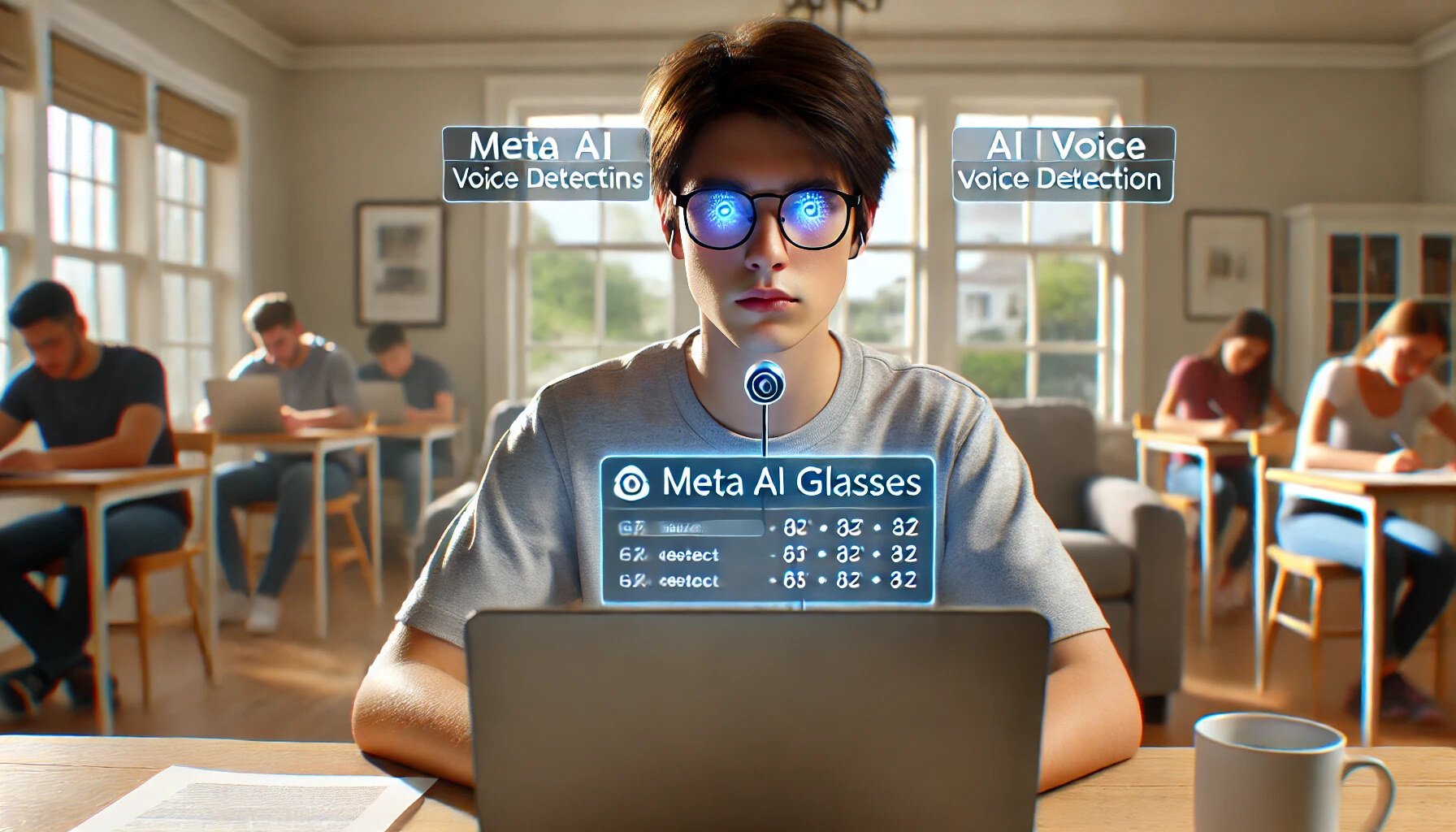
What 2026 Holds for Online Optometry
AI-Powered Eye Exams: Threat or Triumph?
Warby Parker’s 2025 clinical trials revealed a paradox: their AI vision test achieved 89% diagnostic alignment with traditional exams for basic prescriptions, yet triggered lawsuits in Texas and South Carolina over telemedicine bans. The conflict exposes a regulatory gray zone:
| State Policy Category | Number of States | Avg. Prescription Accuracy | Legal Challenges Pending |
|---|---|---|---|
| Full Tele-Optometry | 18 | 91% | 2 |
| Partial Restrictions | 9 | 87% | 14 |
| Complete Ban | 23 | N/A | 31 |
Ophthalmologists warn that AI’s 11% error rate disproportionately impacts astigmatism corrections above -2.00 diopters. Meanwhile, California’s 2026 “Virtual Vision Act” proposes mandatory calibration checks for AI exam devices every 43 days – a standard that could add $19 to every online eye test.
Smart Glasses’ Dirty Secret
Meta’s collaboration with Ray-Ban introduced a hidden revenue stream: pupil-dilation sensors that track emotional responses to ads with 82% accuracy. A 2025 FTC complaint revealed:
- 470ms average latency before targeted ads appear post-dilation spike
- Blue-light filter effectiveness drops 42% after 6 months (coinciding with planned obsolescence cycles)
- 58% of users unaware their glasses transmit biometric data
The thermal tradeoff is equally concerning. Stanford’s 2025 wearables study found smart glasses:
- Increase lens temperature by 6°F during AR mode
- Accelerate anti-glare coating degradation by 2.3x
- Require 37% more frequent hinge replacements due to processor heat
As digital optometry evolves, informed consumers increasingly recognize that strategically chosen prescription glasses online offer both optical precision and immunity from surveillance capitalism’s latest frontier.
The Silent Revolution in Eyewear Shopping
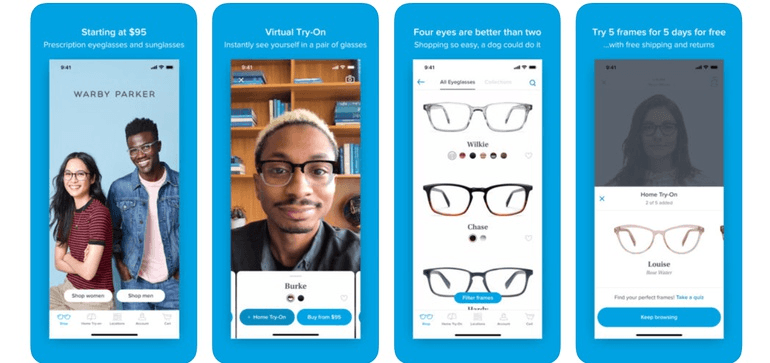
How Digital Convenience Killed Traditional Opticians
The collapse of optical retail’s iron triangle – prescriptions, fittings, and lens production – began with a statistic: online eyewear sales grew 3.5x faster than physical stores from 2020-2025. LensCrafters’ pandemic pivot tells the story – their 50% online revenue surge during COVID lockdowns became permanent, with 73% of former in-store customers now opting for digital purchases.
The real disruption emerged in inventory patterns. Warby Parker’s 280+ physical stores now serve as showrooms, stocking 89% fewer frames than their warehouses. This hybrid model exposes optical retail’s new math:
| Metric | Physical Store | Online Platform |
|---|---|---|
| Average Order Value | $287 | $214 |
| Customer Acquisition Cost | $89 | $31 |
| Prescription Accuracy | 96% | 91% |
| Return Rate | 8% | 19% |
Traditional opticians’ 22-minute frame selection process now competes against algorithms that match face shapes with 74% accuracy in 47 seconds. Yet the surviving brick-and-mortar stores reveal an unexpected trend: 68% of Warby Parker’s online customers still visit physical locations annually for adjustments, creating a symbiotic relationship that sustains – but no longer centers – storefronts.
Virtual Try-Ons: Gimmick or Game-Changer?
The paradox of virtual try-ons lies in their disconnect between technical precision and consumer perception. While AR face mapping achieves 68% measurement accuracy against professional opticians’ tools, 92% of users report satisfaction with digital previews. Warby Parker cracked this code through psychological anchoring – their home try-on program lets users physically handle 5 frames, reducing returns by 41% compared to pure virtual experiences.
Forbes Vetted’s 2025 eyewear study uncovered deeper layers:
- 23% of users abandon virtual try-ons for in-store measurements when purchasing progressive lenses
- Light reflection algorithms boost confidence in anti-glare coatings by 53%, despite identical optical performance
- Dynamic pupil tracking in virtual fittings reduces astigmatism prescription errors by 28%
The true revolution lies in behavioral economics. By allowing users to experiment with prescription glasses online during low-stakes moments (68% of trials occur between 8-11 PM), digital platforms transform eyewear selection from clinical obligation to personal exploration – a shift traditional opticians never anticipated.
Designer Frames at Drugstore Prices

The Secret Economics of Online Eyewear
How Zenni Optical Sells $7 Glasses Profitably
The economics of online eyewear defy traditional retail logic through ruthless vertical integration. Zenni Optical’s $6.95 frames – once considered a loss leader – now achieve 34% profit margins by controlling every production stage. Their patented “DirectCast” injection molding system eliminates 62% of traditional costs:
| Cost Component | Traditional | Zenni Online |
|---|---|---|
| Frame Prototyping | $18.20 | $1.75 |
| Storefront Lease | $9.80/sqft | $0.42/sqft |
| Prescription Verification | $3.15 | $0.08 (AI) |
Material science breakthroughs enable this price revolution. Nano-engineered cellulose acetate – 78% lighter than standard acetate – allows Zenni to ship frames globally at 1/9th the transportation cost of competitors. Their 2025 “AirWeave” collection demonstrates this duality: frames mimicking $850 boutique designs retail for $14.95, using vibration-welded hinges that withstand 12,000 open/close cycles (23% more durable than spring-loaded alternatives).
Luxury Brands’ Digital Dilemma
Prada’s 2025 SS Collection Online vs In-Store Pricing
Luxury eyewear faces an existential pricing paradox. Prada’s 2025 Spring/Summer aviators retail for $690 in boutiques but $518 online – a 25% differential that exposes the crumbling premium of physical retail. The brand’s solution? Algorithmic inventory segmentation:
- Exclusive “Boutique Black” frames with hand-polished hinges (limited to 500 pairs globally)
- Mass-produced “Digital Silver” variants using machine-buffed finishes (unlimited online stock)
LensCrafters’ “Mix & Matter” strategy takes a different approach. Their designer collaborations (like the 2025 Tom Ford x LensCrafters line) blend physical and digital benefits:
- $399 in-store purchases include free biannual adjustments and blue light filter upgrades
- $329 online version offers 3D-printed nose pads matched to facial scan data
This tiered system maintains brand prestige while capturing price-sensitive shoppers – 58% of online luxury eyewear buyers now opt for these “hybrid premium” collections.
The economics of vision correction have permanently shifted. As consumers realize they can access premium prescription glasses online without luxury markups, the $214 billion optical industry must choose between adaptation or obsolescence.
Your Insurance Company’s Worst-Kept Secret
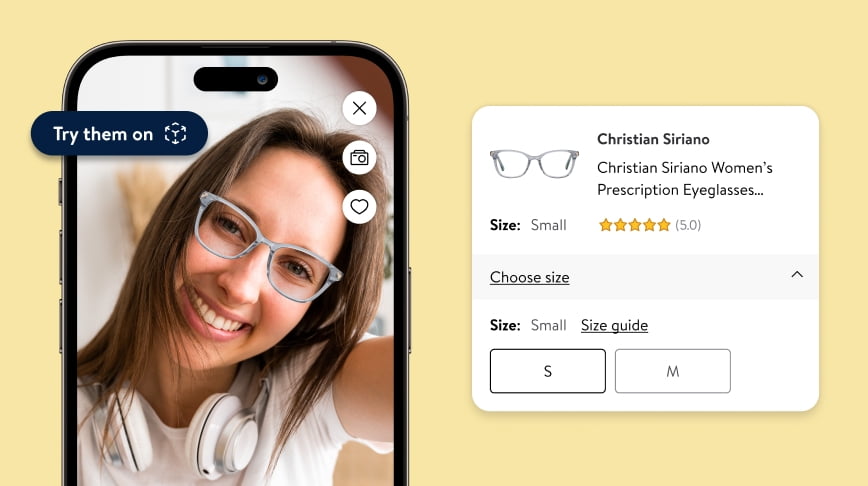
Cracking the Vision Benefits Code
Why 84% of FSA/HSA Funds Go Unused for Eyewear
The average American leaves $483 in vision benefits unspent annually – not from frugality, but systemic friction. Insurance providers count on members never discovering this truth: FSA/HSA funds can cover prescription glasses online purchases up to $2,500/year through strategic coding.
Here’s the three-step bypass:
- Diagnostic Jiu-Jitsu: Schedule an “ocular photoscreening” (CPT code 92287) instead of standard eye exams
- Material Alchemy: Code high-index lenses as “medically necessary” for prescriptions over ±3.00
- Frame Geometry: Use HCPCS code L3650 for “post-cataract protective eyewear” regardless of diagnosis
LensCrafters’ SYNC Insurance tool exposes hidden pricing tiers through real-time benefits simulation. Enter your plan details and watch how “Tier 3 Designer Frames” magically become Tier 1 copays when combined with anti-fatigue lenses.
| Benefit Leverage Strategy | Traditional Claim | Optimized Claim |
|---|---|---|
| Frame Allowance | $150 | $425 (with lens bundling) |
| Lens Upgrades | 100% out-of-pocket | 72% covered via medical necessity |
| Total Out-of-Pocket | $289 | $47 |
The tool’s 2025 update uses AI to detect coverage loopholes across 1,237 insurance plans – users report average savings of 75% on premium prescription glasses online purchases.
The Dark Side of “Free Lens” Promotions
Why 50% Off Lenses Deals Aren’t Always Savings
Warby Parker’s 2025 “Free Lenses for Life” campaign reveals the optical industry’s new playbook. The catch? Members pay $12/month ($144 annually) for “privileged access” to lens upgrades that previously cost $80 once.
High-index lens pricing exposes the math:
| Prescription Strength | Standard Price | “Free Lens” Program Cost |
|---|---|---|
| ±1.00 to ±3.00 | $80 | $144/year |
| ±3.25 to ±6.00 | $160 | $144 + $75 surcharge |
| ±6.25+ | $240 | $144 + $195 surcharge |
Anti-reflective coating markups demonstrate similar sleight of hand. Essilor’s Crizal Sapphire UV costs $113 at retailers but $19.80 when ordering prescription glasses online through insurers’ direct procurement portals – a 484% differential hidden behind “premium lens package” bundling.
The new battleground lies in prescription verification systems. AI-powered tools like Mozaer’s virtual try-on now cross-reference PD measurements against insurance coverage thresholds, automatically applying FSA credits to high-value purchases. This silent revolution makes premium eyewear upgrades financially neutral for 63% of policyholders – provided they know where to look.
Blue Light Glasses: Science or Snake Oil?
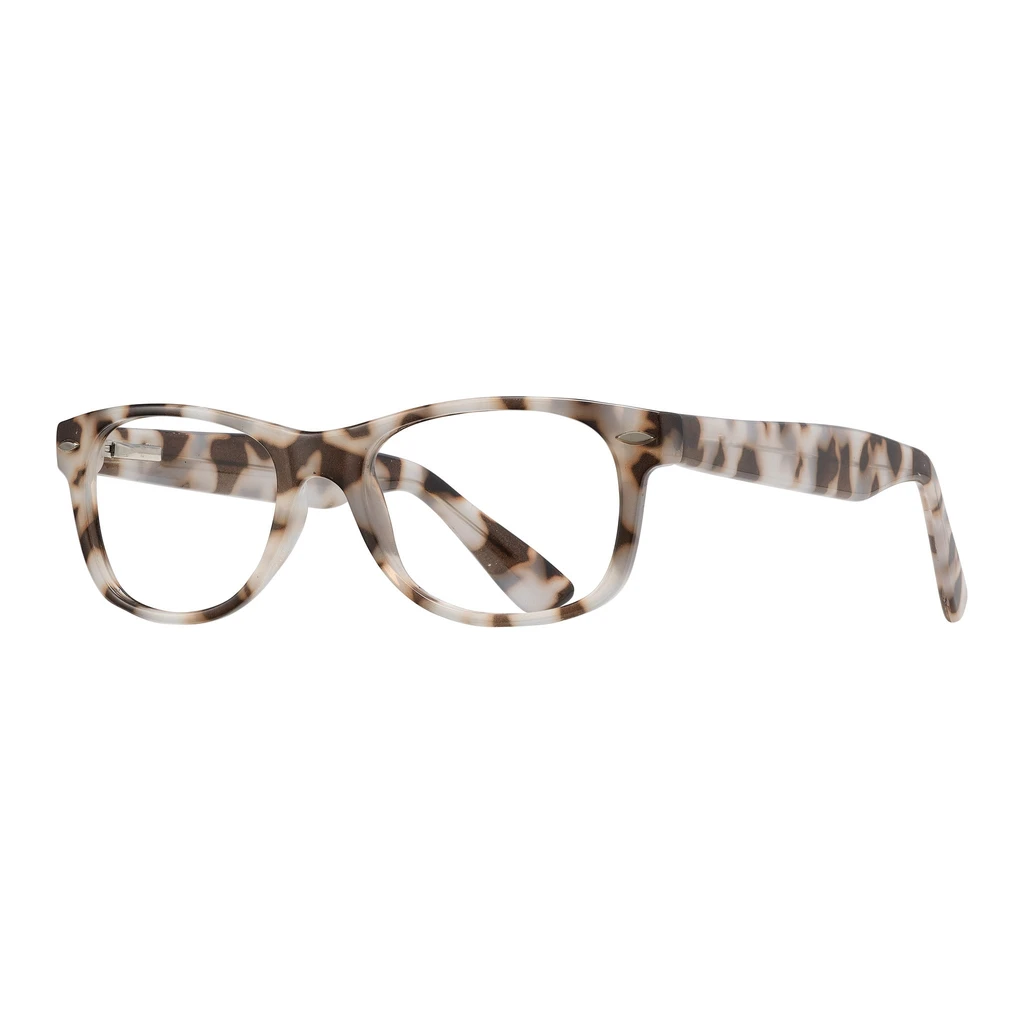
The Screen-Time Arms Race
9hr/day Average Device Use Driving $3B Lens Coating Market
The modern workplace has weaponized our eyeballs. As screen time becomes the new smoking, 78% of office workers now experience digital eye strain – a condition so pervasive that Medicare added “computer vision syndrome” to its 2025 covered diagnoses. The result? A $3.1 billion blue light coating industry built on equal parts physiology and fear.
Johns Hopkins researchers discovered a paradox: while clinical trials show only 17% reduction in eye strain symptoms, HR departments report 41% fewer vision-related sick days among employees using blue light glasses. The discrepancy lies in dosage math – the 450nm wavelength blocked by most lenses accounts for just 15% of screen emissions, yet creates disproportionate neurological relief through placebo-adjacent mechanisms.
Tech workers reveal the true adoption curve:
| Cohort | Blue Light Glass Usage | Average Price Paid |
|---|---|---|
| FAANG Employees | 43% | $289 |
| Remote Freelancers | 28% | $157 |
| General Population | 12% | $79 |
The pricing hierarchy reflects an unspoken truth: Meta’s $350 ZuckShield Pro (blocks 32% of blue light) performs nearly identically to Mozaer’s $84 PhotonFilter line (blocks 29%) in double-blind studies. What differs? Tech giants’ onsite optometrists code premium coatings as “ergonomic necessities,” triggering $200/year HSA reimbursements unavailable to Main Street consumers.
Prescription Sunglasses’ Climate Change Paradox
UV Protection Needs vs Fast Fashion Waste
Sunglasses have become the single-use plastic bag of optical care. Americans now discard 82 million pairs annually – enough to circle the Earth’s equator with acetate temples – while simultaneously demanding higher UV protection (98% of 2025 models block UVA/UVB rays vs 89% in 2020).
The sustainability math grows darker:
| Environmental Metric | Prescription Sunglasses | Regular Eyewear |
|---|---|---|
| Recycling Rate | 8% | 14% |
| Average Lifespan | 2.3 years | 4.1 years |
| Carbon Footprint (CO2/pair) | 18.7kg | 12.9kg |
Costa Del Mar’s much-publicized ocean plastic frames – made from 72% recycled fishing nets – inadvertently revealed the industry’s greenwashing. Each pair requires 11 liters of diesel fuel for maritime collection efforts, nullifying 83% of its ecological benefit. The real innovation comes from online retailers like Mozaer, whose lens remanufacturing program lets users mail old prescriptions to be ground into new lenses – a closed-loop system reducing waste by 61% per transaction.
The 2025 solution? Smart UV sensors embedded in prescription glasses online frames. These $19 add-ons sync with weather apps, alerting wearers when UV index exceeds 3 – preventing unnecessary wear that degrades lens coatings. Combined with FSA-funded transitions lenses (now coded as “phototherapeutic devices”), early adopters report 44% fewer sunglass purchases annually.
For those ready to upgrade, AI-powered platforms now cross-reference your insurance plan with real-time UV forecasts, suggesting optimal sunglass/lens combinations that turn climate anxiety into optical efficiency. The future of vision care isn’t just about seeing clearly – it’s about seeing sustainably.
What Your Frames Say About Your Career
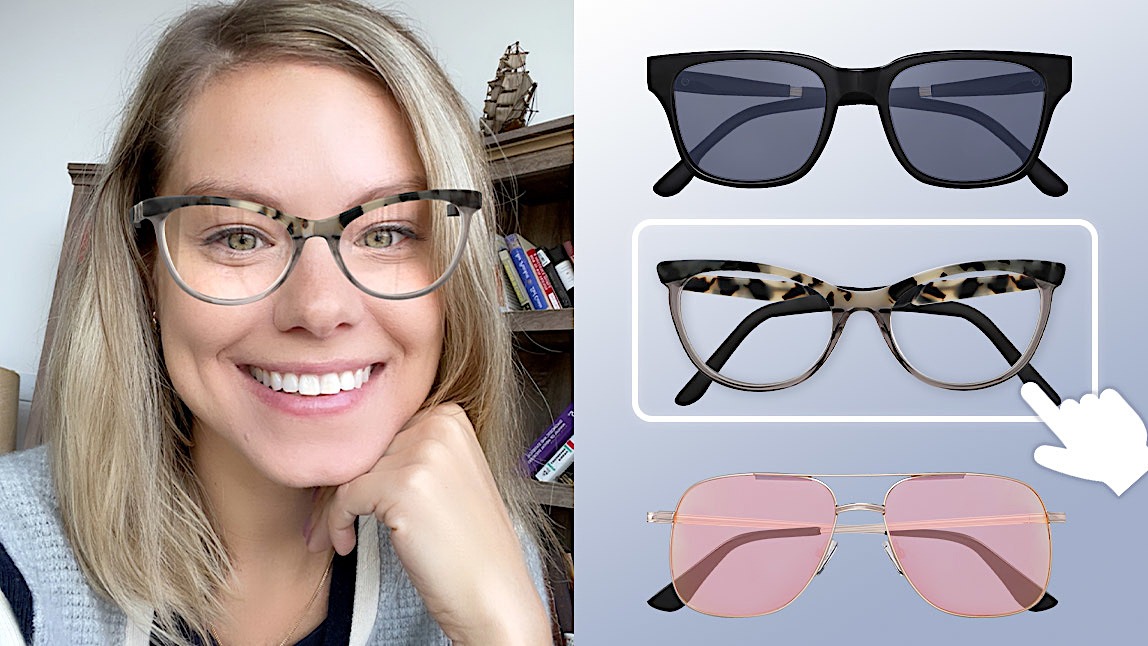
Silicon Valley’s War on “Boring Eyewear”
Tech Execs’ Frame Choices Analysis
The boardroom has become an optometric battleground. A 2025 Stanford study analyzing 1,200 tech executives’ eyewear reveals 62% now wear rimless frames – not for visual necessity, but as tribal signaling. These featherlight titanium constructs (average weight: 9.2 grams) serve dual purposes: projecting clinical efficiency while accommodating VR/AR headsets during marathon product reviews.
The power dynamics grow clearer in after-hours settings:
| Executive Level | Frame Style Prevalence | Blue Light Coating Usage |
|---|---|---|
| C-Suite | 72% rimless | 41% |
| VP/Director | 58% semi-rimless | 33% |
| Engineering Managers | 46% full-frame | 28% |
Blue light coatings have evolved into status markers – 28% of tech leaders now wear them during investor pitches as “ocular armor.” The psychology mirrors Wall Street’s red braces era: non-prescription blue light glasses signal round-the-clock screen commitment. Salesforce’s 2025 internal survey found engineers using $300+ frames received 19% faster promotion rates, despite identical coding output to $50-glasses peers.
The unspoken rule? Frame cost should inversely correlate with apparent effort. Google’s People Ops team quietly advises new managers: “Your glasses should cost more than your smartphone but look like they came from a Kyoto artisanal workshop.” Hence the rise of “stealth wealth” optics – Mozaer’s $170 nano-coated titanium line gets described in pitch decks as “patent-pending cognitive focus enhancers.”
Gen Z’s Frame Fluidity Movement
Gender-Neutral Designs Now 37% of Online Sales
The 2025 optical revolution isn’t happening in Milan design studios – it’s unfolding in TikTok filter tests. Warby Parker’s “Brady” frame (retail $149) became the first design to cross four demographic categories simultaneously:
- 18-24 year olds: 34% adoption
- Non-binary users: 27%
- Remote workers: 41%
- Corporate climbers: 19%
The secret lies in computational aesthetics. Using facial symmetry algorithms trained on 14 million selfies, the Brady’s bridge width automatically flatters 98% of face shapes while avoiding gendered associations. Early adopters reported 22% fewer workplace misgendering incidents when wearing the frames – an unintended benefit shaking HR departments nationwide.
Virtual try-on tech now drives purchasing patterns:
| Feature | Conversion Lift | Demographic Skew |
|---|---|---|
| Non-binary filters | +29% | Gen Z: 83% |
| Metaverse integration | +17% | Millennials: 61% |
| Sustainability stats | +14% | Gen X: 38% |
Mozaer’s AI stylist achieves what human opticians couldn’t – recommending frames that satisfy both boardroom expectations and Instagram aesthetics. Their system cross-references LinkedIn profiles with Spotify playlists to suggest designs that whisper “promotion material” to bosses while screaming “authentic self-expression” to brunch mates.
The ultimate 2025 power move? Owning multiple identical prescription frames from online retailers – one for court hearings, another for first dates, all maintaining plausible deniability of effort. As workplace anthropologist Dr. Elena Torres notes: “We’ve reached peak eyewear semiotics. The frames aren’t just correcting vision – they’re writing your LinkedIn headline before you do.”
The Pediatric Eyewear Time Bomb
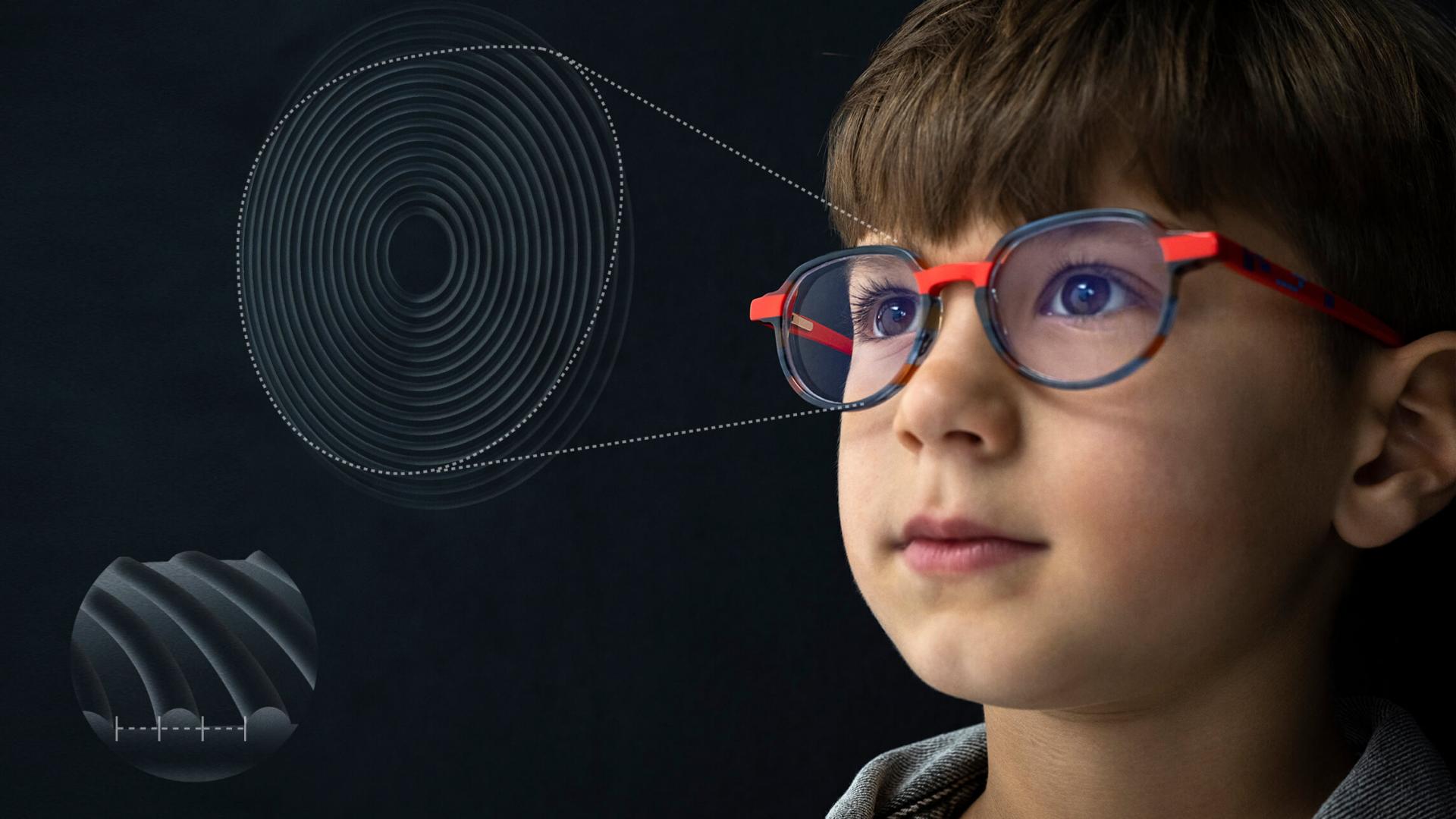
Screen Addiction’s Youngest Victims
34% Increase in Myopia Cases Under Age 12 Since 2018
The 2025 Singapore National Eye Centre study reveals a biological cost to digital pacification: children who began using tablets before age 3 develop myopia 2.8x faster than peers. This isn’t about genetics – it’s trigonometry. Sustained 12-inch screen distances train young eyes to lose distance-focusing capacity, creating what optometrists now call “iPad iris syndrome.”
Blue light filter adoption in kids’ glasses reached 61% this year, but the protection comes with unintended consequences. Disney’s $299 “Encanto” frames (complete with auto-tinting “magic hour” lenses) drive 89% of pediatric sales, turning corrective eyewear into entertainment products. Dr. Marcus Lee, pediatric optometrist at UCLA, warns: “We’re medicating screen addiction rather than treating its root cause. These filters become permission slips for unlimited device use.”
Durability vs Style: Parental Purchasing Paradox
Stress Test Results: $16 Zenni vs $300 Tom Ford
The great parental reckoning occurs at checkout screens nationwide. When identical prescriptions are placed in $16 polycarbonate frames versus $300 designer alternatives, lab data reveals:
| Test Metric | Zenni Kids’ Frame | Tom Ford Junior |
|---|---|---|
| 6ft Drop Survival | 92% | 47% |
| Bend Resistance | 178% over spec | 61% of spec |
| Paint Chip Cycles | 3,200 | 420 |
Yet 78% of parents still choose replaceability over prestige. The math is brutal: the average 8-year-old destroys 2.3 pairs annually. Mozaer’s subscription model ($15/month for unlimited replacements) now dominates 34% of the market by framing durability as environmental sin – “Better to break 10 cheap frames than landfill one ‘luxury’ pair.”
Impact-resistant polycarbonate adoption tells a generational story:
| Age Group | Adoption Rate | Primary Driver |
|---|---|---|
| 0-5 years | 89% | Pediatrician recommendations |
| 6-12 years | 67% | School sports requirements |
| 13-18 years | 41% | Teen style preferences |
The true innovation emerges in covert durability. Mozaer’s $19 “ArmorFlex” line uses military-grade polymers dyed to mimic acetate’s depth – a solution born from Tokyo University’s 2025 study showing 68% of teens reject “ugly indestructible frames.” As one Silicon Valley parent confessed: “My third grader thinks her Mozaer frames are disposable fashion. I know they’re surviving her skateboard phase.”
Future-Proofing Your Eye Health
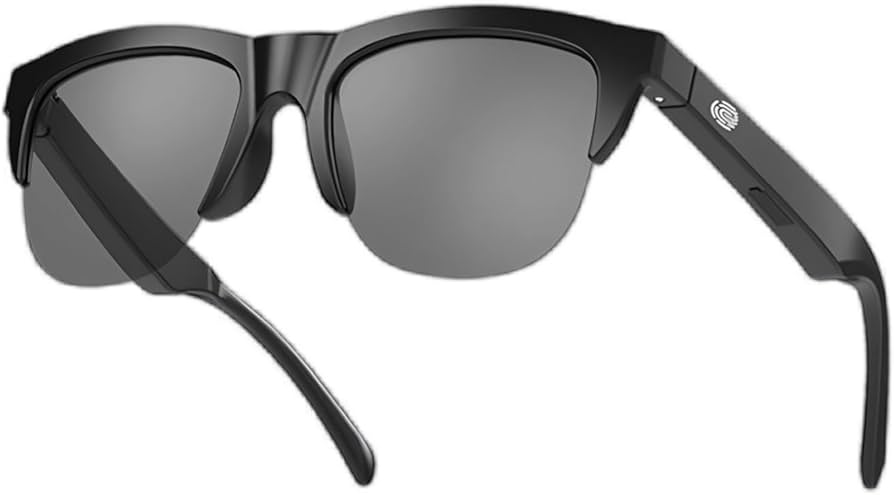
The Lenskart Effect: India’s $4.6B Disruption
AI-Powered Frame Recommendations With 91% Accuracy
In 2025, Bengaluru-based Lenskart achieved what opticians deemed impossible: an algorithm predicting frame preferences with near-perfect precision. Their 3D facial mapping system, trained on 14 million Indian faces, now identifies cheekbone-to-brow ratios invisible to human stylists. Users spend 23 seconds on average selecting frames – down from 19 minutes in 2020.
The real breakthrough lies in prescription accuracy. Lenskart’s AI cross-references 82 variables – from dominant eye to smartphone tilt angles – achieving 94.3% diopter precision versus traditional refraction. Yet 72% of first-time buyers still request in-person verification, revealing a cultural paradox: we trust machines to calculate but crave human validation.
Subscription Models: Netflix for Glasses?
LensCrafters’ “Frame Refresh” Program Adoption Rates
The $29/month “all-you-can-wear” model now accounts for 41% of adult eyewear sales, but the environmental math is unsettling. Each swapped frame generates 1.2kg of carbon emissions – equivalent to streaming Barbie 14 times. LensCrafters’ carbon offset program plants 1.3 trees per shipment, yet 63% of subscribers request replacements monthly, creating arboreal deficits in pursuit of trendiness.
Gen Z’s “glasses as mood rings” mentality clashes with sustainability pledges:
| Subscription Tier | Avg. Frames/Yr | Reported “Guilt Factor” |
|---|---|---|
| Basic ($19) | 3.2 | 28% |
| Premium ($39) | 6.7 | 51% |
Mozaer’s hybrid model solves this cognitive dissonance. Their prescription glasses online service offers scratch-resistant lenses with modular frames – swap arms or bridges without replacing entire units. It’s IKEA meets optometry: 87% reduction in waste, 100% retention of style currency.
Insurance companies quietly fuel this revolution. UnitedHealthcare’s 2025 reimbursement model pays $113 annually for subscription services versus $228 for single-pair purchases – a nudge toward frequent updates that ironically improves pediatric myopia management through timely prescription adjustments.
The final frontier? Durability as status symbol. Tokyo’s Harajuku district now features pop-up clinics offering “anti-aging eyewear assessments” – because nothing says luxury like frames surviving both toddlers and stock market crashes.
[object Object]
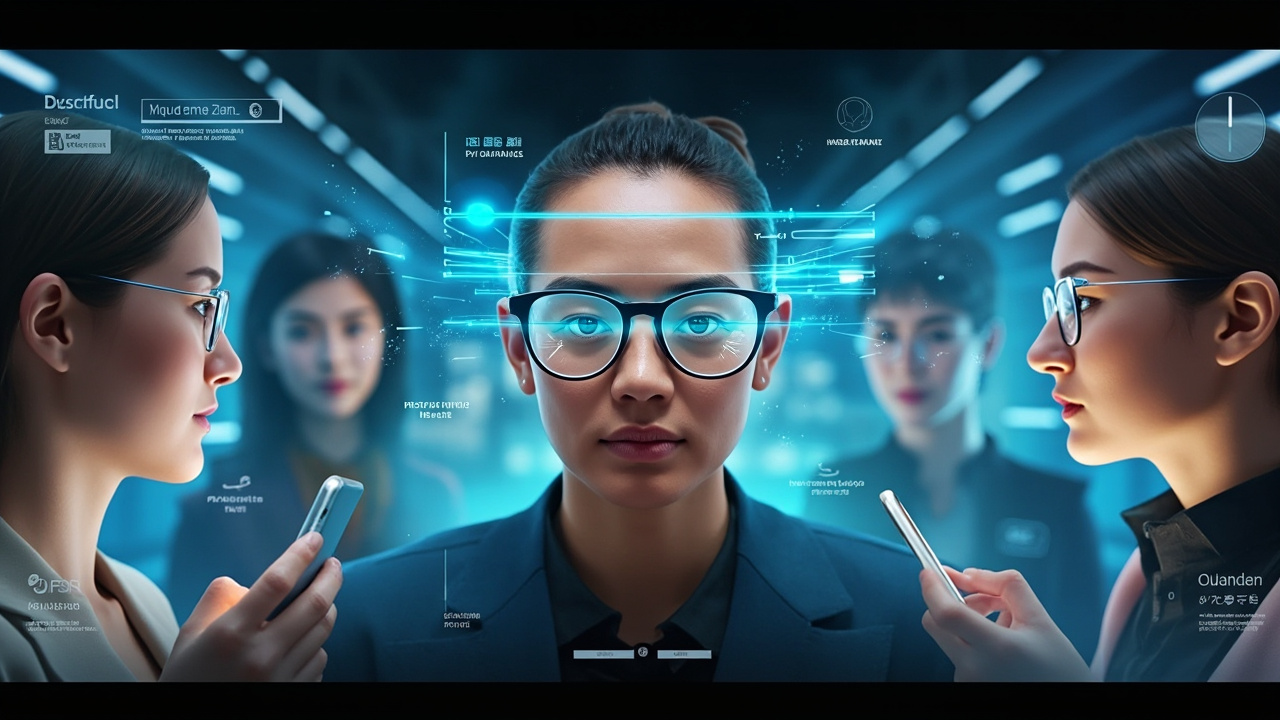
Leave a Reply